Smart Customs Model in Customs Digital Transformation Plan
 |
| Officers of Dinh Vu Border Gate Customs Branch (Hai Phong Customs Department) at work. Photo: T.B |
Meeting standards of developed countries
The development of the Smart Customs Model aims to make Vietnam a modern customs administration, meeting international trends and standards and applying advanced technology of the Industrial Revolution 4.0.
Vietnam Customs strives to meet standards on par with developed countries and territories such as the EU, the United States, Japan and China, and requirements of smart administration, business management, import, export and transit goods and means of transport.
Therefore, the Smart Customs Model must satisfy a high level of automation and apply new and advanced technology based on digital and paperless platforms, ensuring transparency, fairness, effectiveness, efficiency, predictability, and adaptability to the fluctuations of international trade and customs management requirements and consistency with international standards, serving people and businesses.
The Smart Customs model must ensure the smooth connection of all operations in the customs process and integrate data of goods when they arrive at the border gate and are stored at warehouses, yards, cleared and taken out of the customs control or put into production or used for the right purposes as registered with Customs.
Notably, customs operations are fully automated, including analyzing key information, risk assessment, inspections of customs dossiers and means of transport, goods classification, and decision on customs clearance, identification of tax payable, monitoring the use of raw materials and supplies in the production and processing process. This is identified as the core requirement of the system.
In addition, the Smart Customs model also aims to facilitate trade by providing services anytime, anywhere and on any devices; digitizing customs documents and records, automatically receiving and returning documents; integrate, connect and share information with ministries, government agencies and businesses via the National Single Window and exchange customs data with other countries.
On the other hand, the smart Customs model ensures security and safety for the economy and the business community by improving the management capacity of the Customs authorities through the features of the new system such as automatic risk assessment and identification, prevention of smuggling, trade fraud, illegal transshipment and effective supply chain management in production and processing activities.
Implementing the model contributes to streamlining the customs organization at the grassroots levels towards building a centralized Customs model, meeting requirements on management and enforcement, reducing intermediary stages, and limiting the overlap, inconsistency, negativity, and harassment in the performance of customs officers.
Applying advenced technology
Regarding the application of advanced achievements of the Fourth Industrial Revolution, the Smart Customs Model will apply Internet of Things (IoT), blockchain, artificial intelligence (AI), Big data to exchange information, automatically manage and analyze data and control the whole supply chain.
The model will implement smart border management via a virtual customs model and e-border gates as recommended by the World Customs Organization (WCO).
Thereby, limiting the manual performance of customs officers, streamlining administrative procedures, reducing the time of customs clearance and classification of goods, passengers and vehicles, and authorizing inspection at the border gate. In parallel, tt applies advanced technological solutions and inspection equipment that is suitable with the border gate area, capable for data integration and exchange in a centralized and unified manner.
The Customs executes the integrated supply chain management model in line with the guidance in the WCO’s SAFE Framework of Standards to Secure and Facilitate Global Trade, meeting the requirements of managing the whole production and business process of enterprises to ensure that goods are used with the declaration with the Customs based on the principle of risk management and data analysis as the basis of deep application of artificial intelligence.
The model establishes a friendly, easy-to-access digital service environment, satisfying the needs of service use anytime, anywhere and on any devices, capable of monitoring processing results and supporting enterprises and people in implementing administrative procedures.
It also develops tools and utilities capable of measuring, monitoring and evaluating the efficiency of performance of the state agencies, public service quality, removing bottlenecks in the supply chain through measuring the execution time of stages in the supply chain.
The model also applies new technological advances (such as: IoT, Blockchain, AI, Big data, intelligent analysis (BI), cloud computing, mobility) to support Customs in automatically analyzing and processing information; integrating, connecting and sharing information with ministries, government agencies and domestic enterprises; exchange customs data with countries; integrates and connects information from devices with the whole the customs system.
| The Smart Customs model will be a key solution in reforming administrative procedures towards transparency, simplicity, and consistency with WCO standards and recommendations, such as the Convention on the simplification and harmonization of Customs procedures, SAFE Framework of Standards to Secure and Facilitate Global Trade, ensuring fast customs clearance and release and reducing costs for businesses. |
Related News

Consulting on customs control for e-commerce imports and exports
14:50 | 14/02/2025 Regulations

Customs administrations coordinate to seize nearly 20,000 endangered wildlife
09:15 | 14/02/2025 Anti-Smuggling
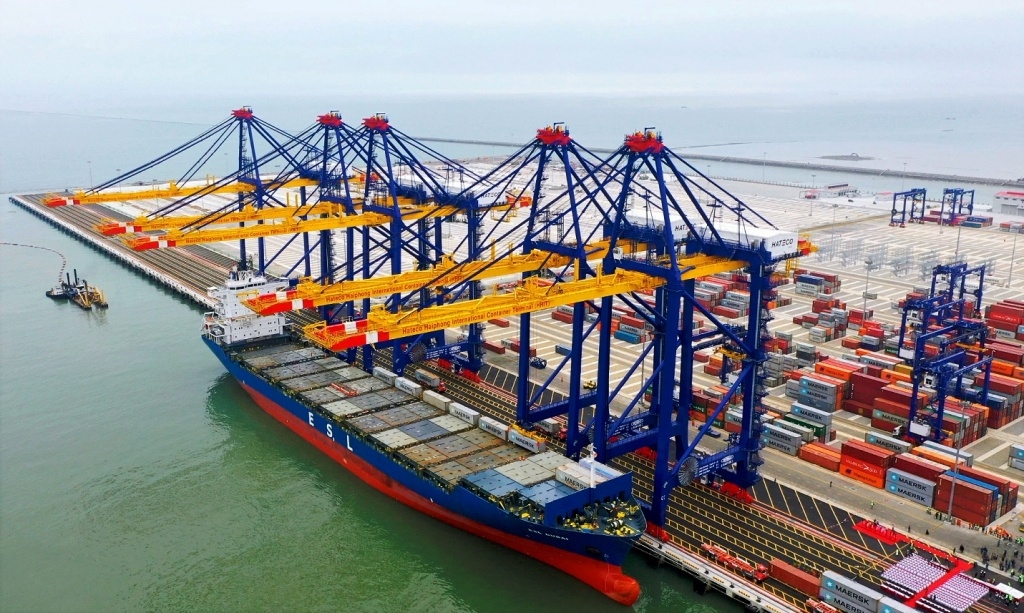
Hai Phong Customs sets out 15 tasks to achieve the revenue target of VND 72,000 billion
10:12 | 11/02/2025 Customs
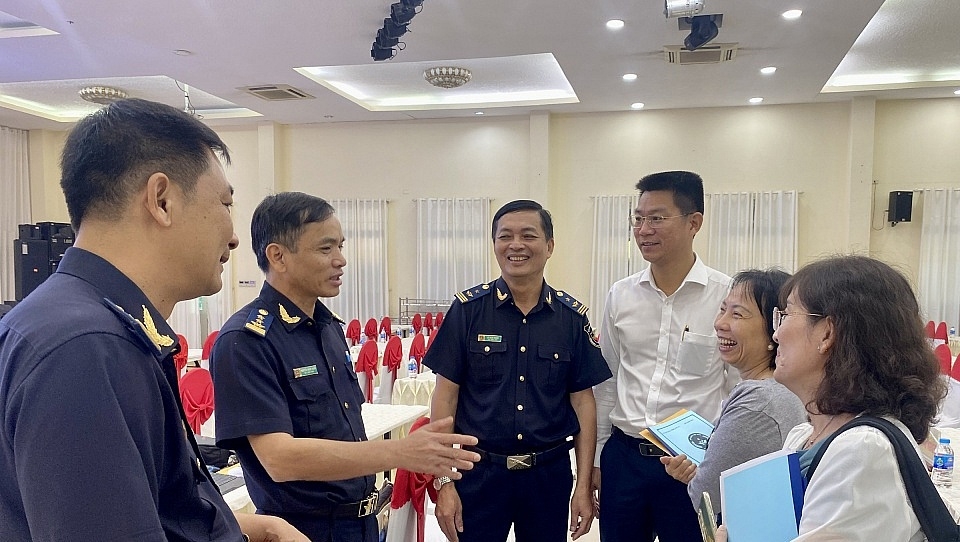
GDVC sets goal of widely disseminating Customs policies
07:49 | 12/02/2025 Customs
Latest News
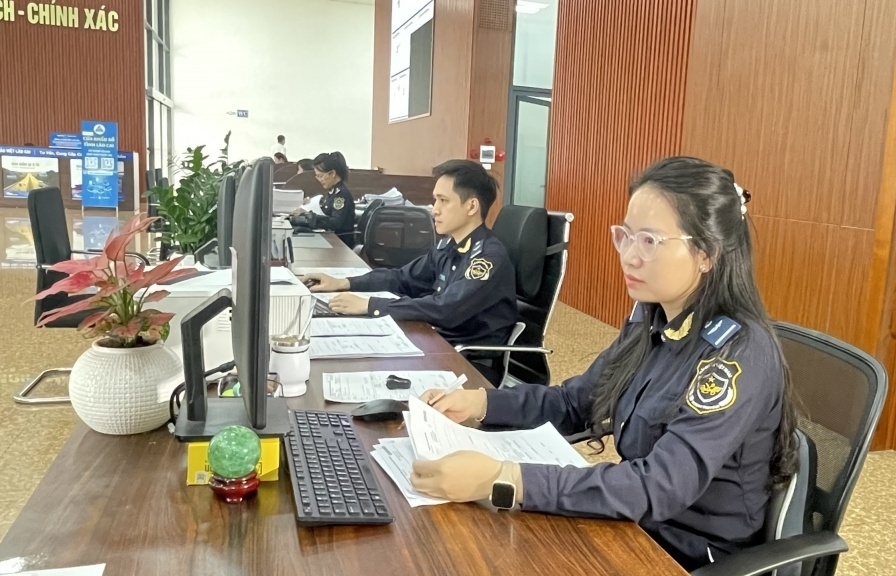
Vietnam Customs forms implementation task force on developing customs procedures
16:29 | 15/02/2025 Customs

Quang Tri Customs launches business support initiatives
16:29 | 15/02/2025 Customs
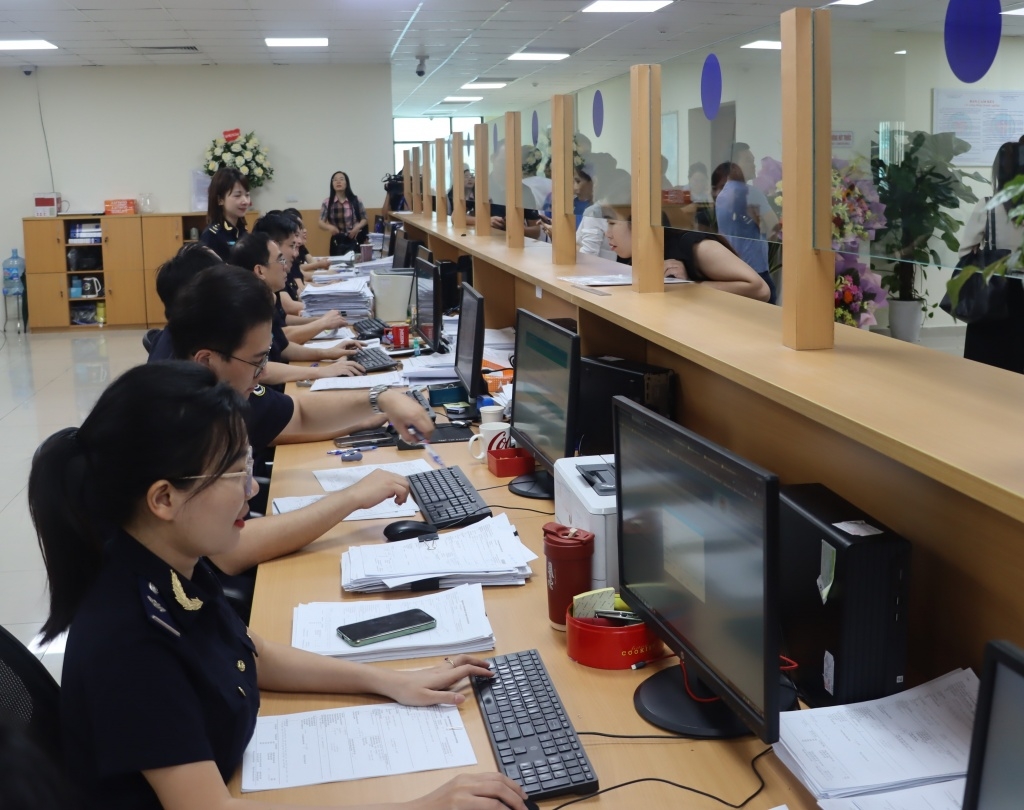
Hai Phong Customs’ revenue rises about VND 1,000 billion
14:52 | 14/02/2025 Customs

Administrative reform: Khanh Hoa Customs delivers impressive results
14:52 | 14/02/2025 Customs
More News
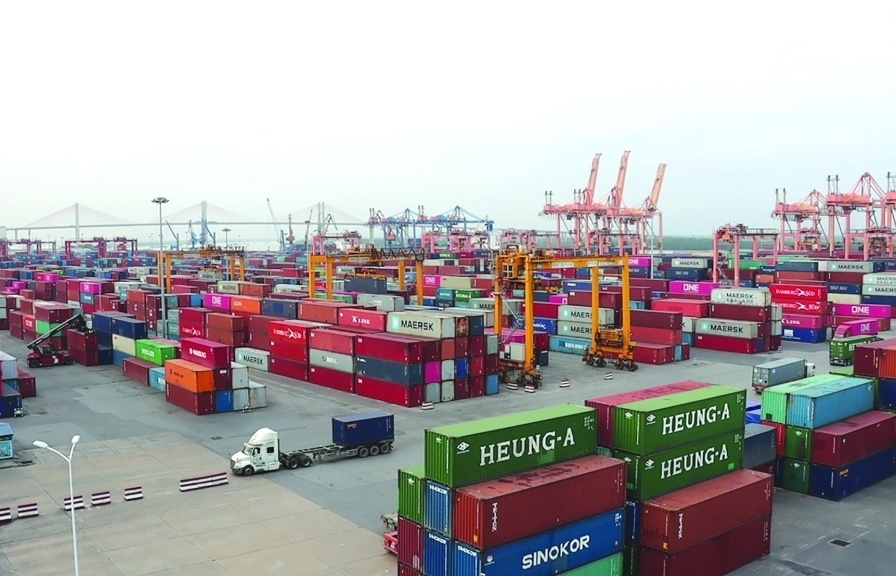
Over 1,500 customs declarations processed by Hai Phong Customs during Tet
14:36 | 10/02/2025 Customs
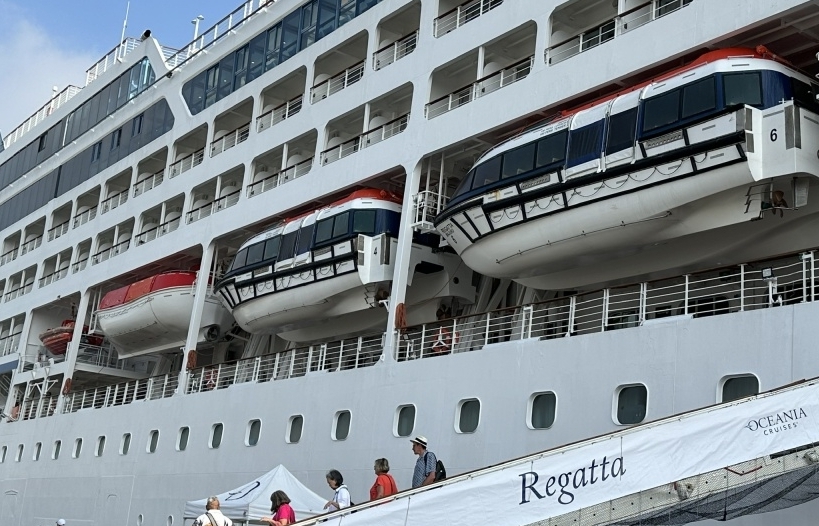
Ho Chi Minh City: Foreign visitors spend more than VND1,500 billion to buy goods upon exit
10:01 | 07/02/2025 Customs
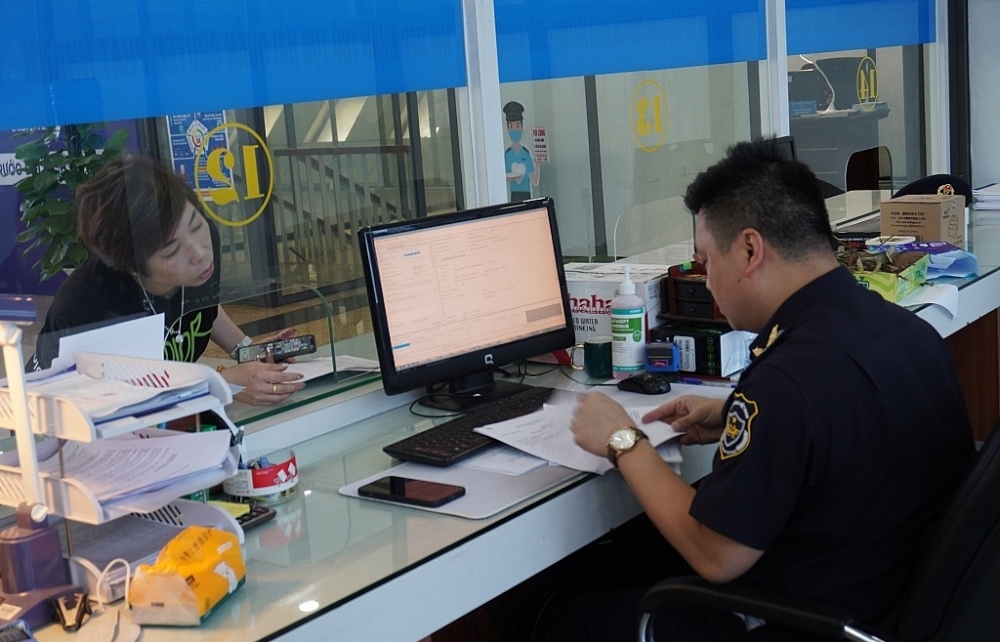
3,500 customs declarations handled in Lang Son over Tet
09:57 | 06/02/2025 Customs
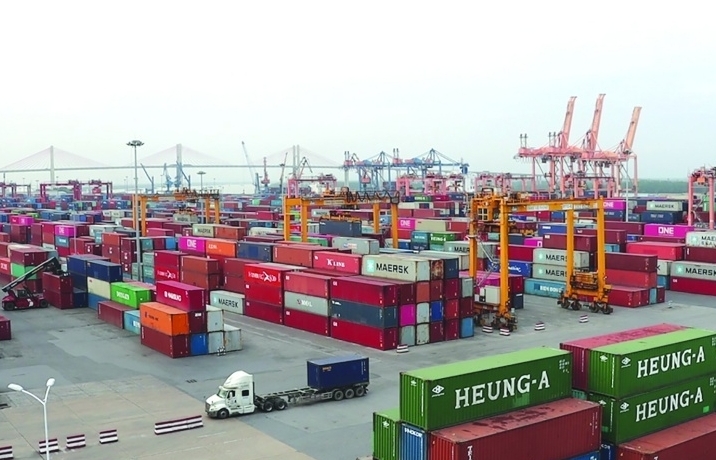
Hai Phong Customs processes more than 1,500 declarations during 2025 Lunar New Year holiday
14:09 | 05/02/2025 Customs
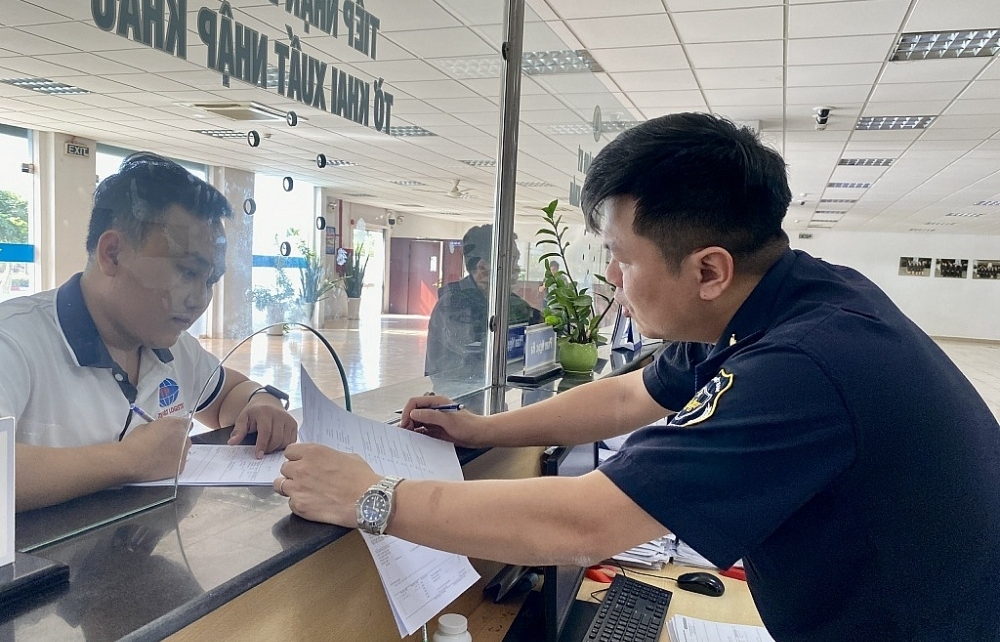
US$10.5 million in trade flows through Binh Duong Customs during Tet During the 2025 Lunar New Year
14:08 | 05/02/2025 Customs
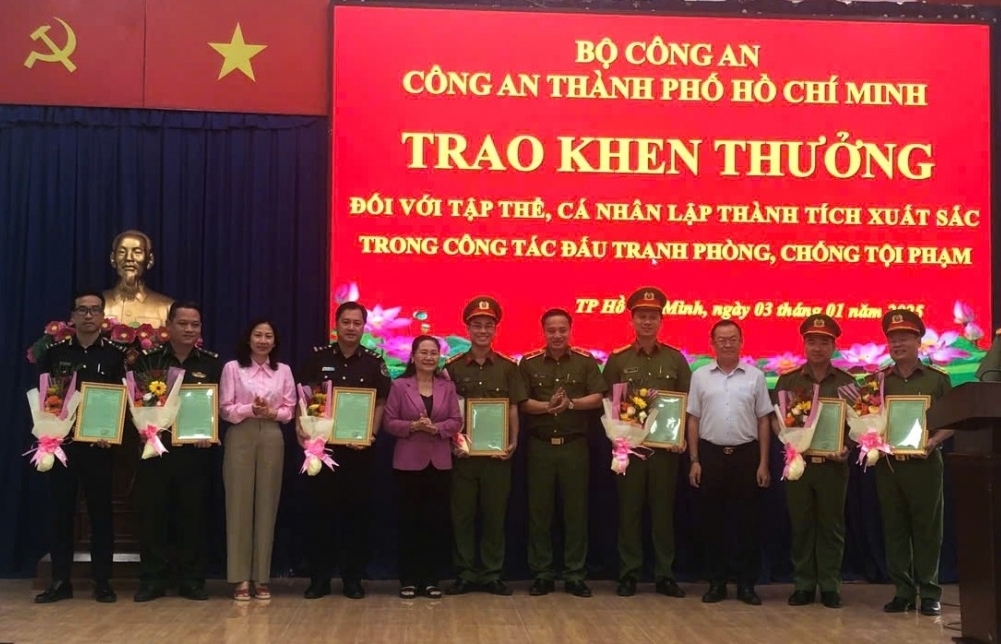
Proactive customs measures for express parcels: Tightening control over import-export goods
22:09 | 27/01/2025 Customs
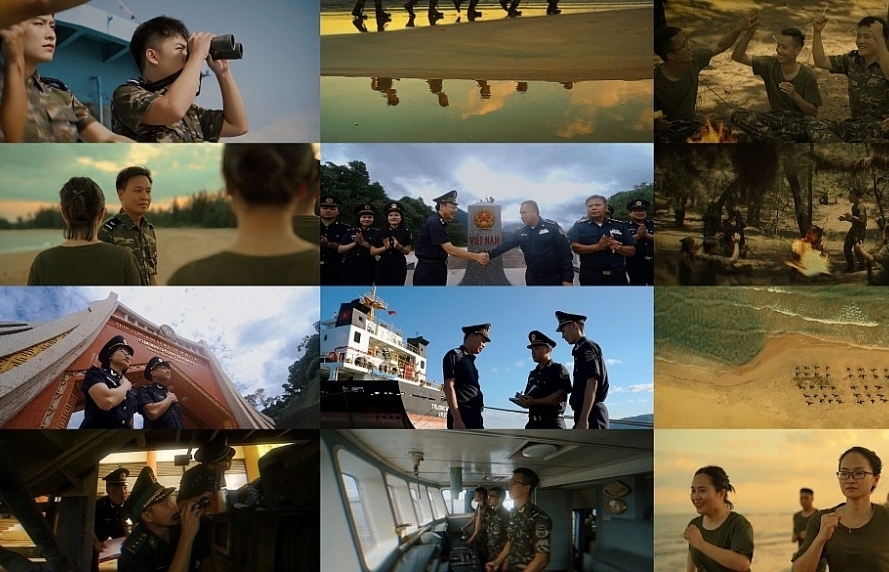
Best covers of Vietnam Customs songs: 15 winners revealed
10:58 | 22/01/2025 Customs
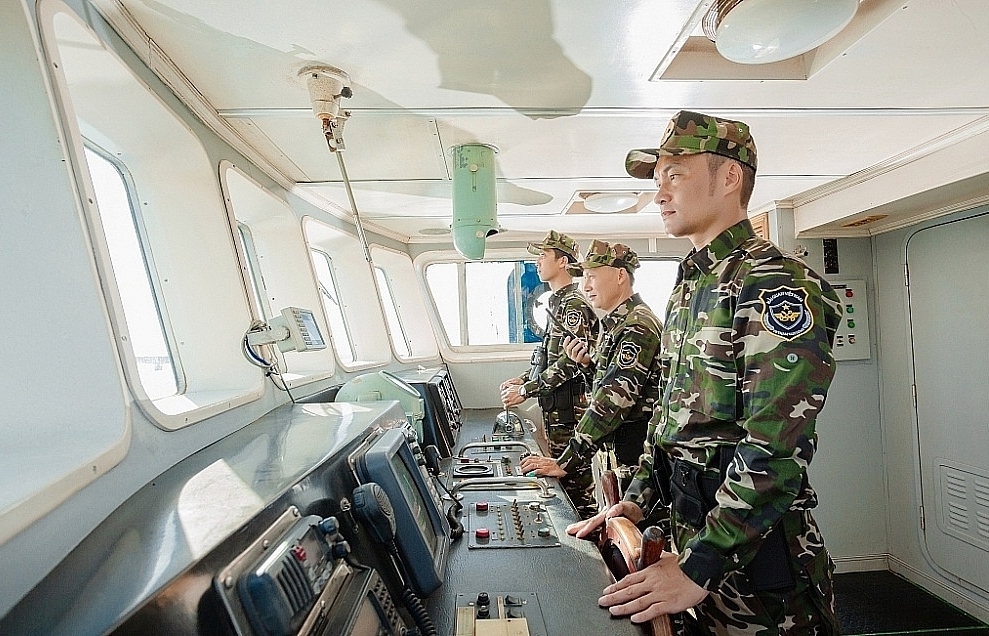
Vietnam Customs kicks off campaign for innovation, breakthrough, and growth
14:15 | 21/01/2025 Customs
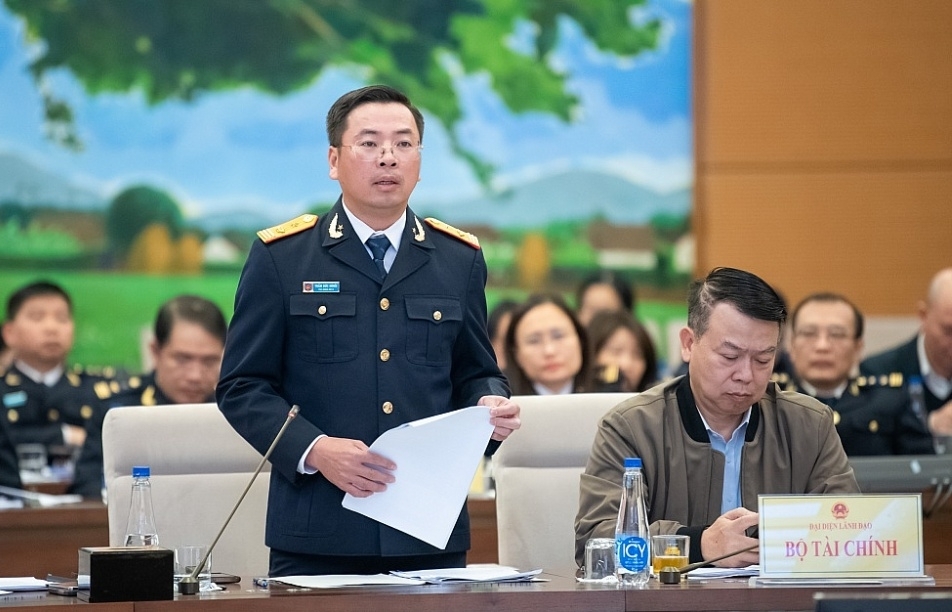
Researching and proposing amendments to 2014 Customs Law to meet the requirements of innovation
11:18 | 20/01/2025 Customs
Your care

Vietnam Customs forms implementation task force on developing customs procedures
16:29 | 15/02/2025 Customs
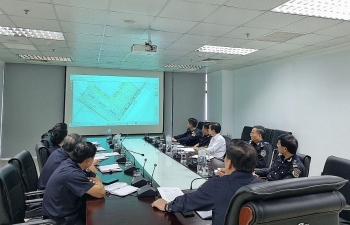
Quang Tri Customs launches business support initiatives
16:29 | 15/02/2025 Customs

Hai Phong Customs’ revenue rises about VND 1,000 billion
14:52 | 14/02/2025 Customs

Administrative reform: Khanh Hoa Customs delivers impressive results
14:52 | 14/02/2025 Customs

GDVC sets goal of widely disseminating Customs policies
07:49 | 12/02/2025 Customs
